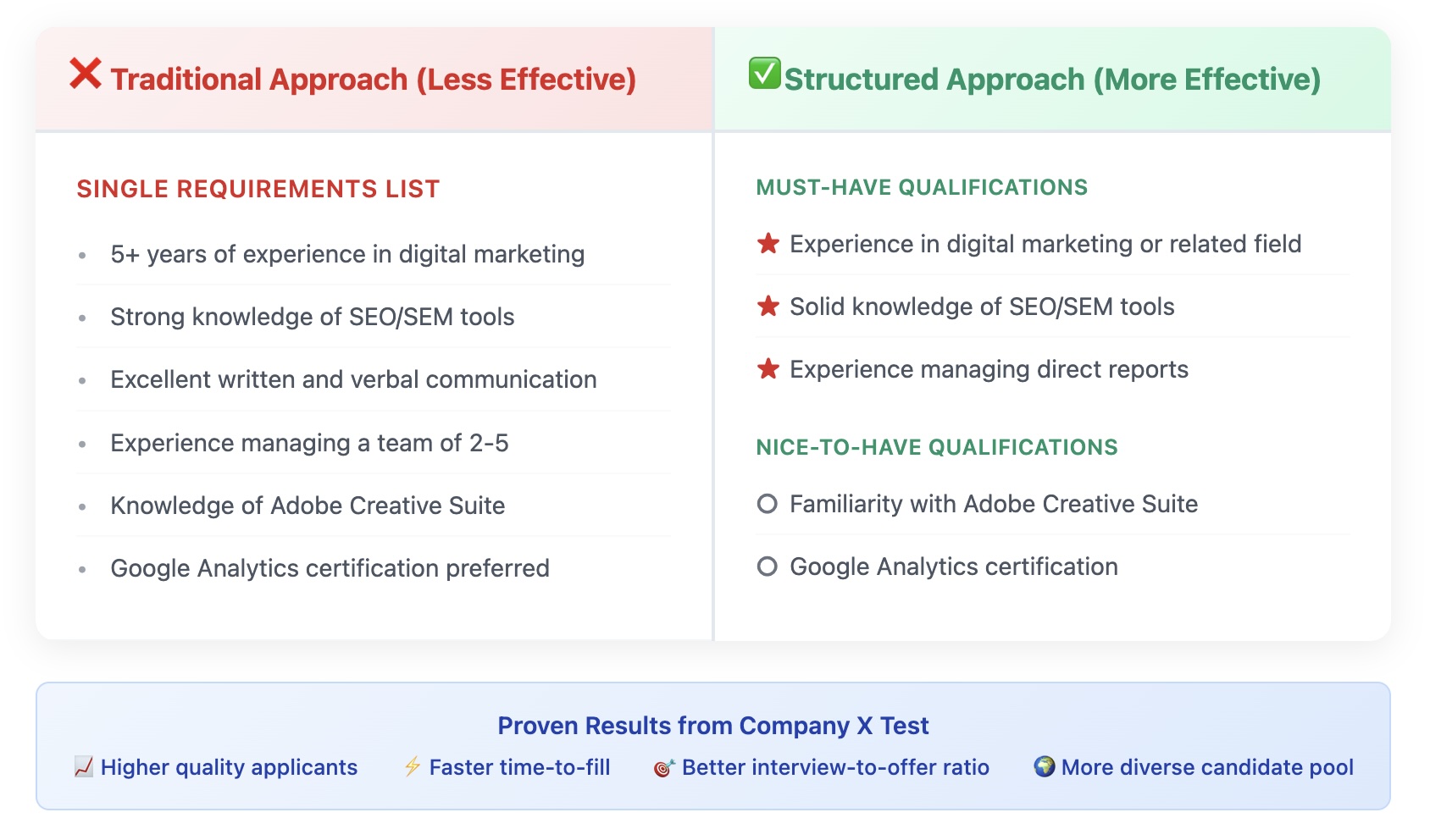I don’t think many folks would disagree these days that employee
experience is an important pillar of business success, but there’s one group of
employees who may not be feeling the vibe and that’s managers. Around all the recent hype about the great
resignation, there’s also a mounting body of evidence that managers as a
sub-group are increasingly overwhelmed and dissatisfied.
For example, research
from Visier found that typical resignation patterns have changed
over the last two years, with larger percentages of senior – and more costly to
replace – employees leaving than previously.
Reasons cited include pay, family obligations, and burn out caused by the
expanded scope of manager responsibilities.
We all know the old adage that people leave managers not companies, and
HR has led the charge on giving employees a voice and holding managers
accountable for engaging and developing their team. While the impact this has had on weeding out
poor leaders is unclear, at least there is now attention on the critical importance
of quality leadership. On the flip side,
however, the ever-growing list of responsibilities and sometimes conflicting
expectations puts a burden on ‘good’ managers that’s increasingly difficult to carry.
A fascinating survey from Humu on manager
v. HR priorities found a complete disconnect in what each group considers
to be manager priorities. Whereas
managers are focused on ensuring their teams are appropriately staffed and able
to complete their work without burning out, HR priorities read more like a
board meeting presentation with buzzwords like ‘agility’ and
‘transformation.’
Leaving aside the question of why HR is so poorly aligned with team
leaders who execute their strategic priorities on a day-to-day basis, what’s
really going on here? HR priorities
reflect C-level priorities, which are at times out of touch with the rest
of the business and fail to provide a clear roadmap for success.
Increasingly, managers are caught between the rock of having to deliver
concrete business results and the hard place of being expected to individually
nurture, develop and engage each member of their team. At first glance there doesn’t seem to be any
contradiction here because high performance, professional growth and high
engagement should go hand in hand.
You’d think, but it doesn’t always play out like that. An recent HBR article Managers
Can’t Do It All paints a picture of a beleaguered manager trying
to execute on executive priorities like agility and transformation with over-extended
direct reports and shrinking control over her team’s work and outcomes. To cap her feeling of overwhelm and
failure, she gets a negative engagement survey from her team, who are – like
her – frustrated by things outside of her control.
To that manager, her work experience might look something like this:
1. In the calibration meeting, her boss overrules her
performance review for one of the members on her team.

2. This leads to a difficult conversation with her
employee because she doesn’t agree with the assessment but has to act as if she
does.

3. When HR roles out the engagement survey, disgruntled
employees who feel underappreciated express their dissatisfaction.

4. In the follow up debrief with HR, the manager feels
attacked on all sides and put in an unwinnable situation.

This is an exaggerated scenario, and we can all think of ways the
manager could have reacted more appropriately in each situation. Nonetheless, in addition to managing outcomes
managers are now also on the hook for feelings, which are subjective and
influenced by multiple factors that are outside a manager’s direct control.
Of course, any leader has to cope with factors that can’t be directly
controlled but there’s a golden ratio of control v. non-control that continues
to widen for middle managers with each new strategic initiative. The result is
like a club sandwich in which executives, employees, and HR are the bread and
managers are squeezed in the middle like wilted lettuce.
Added
to all this,
the rise of hybrid and remote work has made the manager job even more
demanding and complex as they try to navigate a new communication and
leadership paradigm. According to this Fast
Company article about manager burnout, being accountable for
their team’s performance, wellbeing and engagement makes managers less
likely to unplug and thus more vulnerable to burnout than other employee
groups.
This is an opportunity for HR to align with this mission critical
employee group and provide much-needed active support for manager priorities like
combating team burnout, retaining talent, hiring, and onboarding – so managers can
focus on coaching
and developing their teams, and also take the time they need to recharge.
How can HR better support managers? Here are a few ways:
·
Provide direct support for manager pain points – Managers
have an important role to play, but it lies within HR’s remit to provide recruiting
and administrative support for hiring managers, as well as a smooth onboarding experience
for new hires.
·
Help managers develop their teams – Providing personalized,
on-demand training modules will enable people to learn efficiently while
managing time and workloads more effectively.
·
Equip managers for flexible work arrangements – Increased
flexibility can help improve engagement and productivity out but leading remote or hybrid teams
requires new skills and communication styles so it’s
essential to make sure leaders are ready for the challenge.
·
Have a transparent job level and pay structure – Offering a comprehensive career and
rewards roadmap won’t magically make performance and development discussions easy
but will help managers have more productive conversations.
·
Encourage meeting free days – Remote work
has resulted in more meetings than ever and it’s time for a reset. To learn
more about the impact of meetings and busy work on mental health and business
performance, check out this short video Finding Your Flow in the
Post-Pandemic World of Work.
To conclude, managers tend to get lumped in with employees when it comes
to mental health and engagement strategies, but they face unique challenges that
put them at heightened risk of burnout or flight. Left unattended, companies
risk alienating this critical and expensive to replace talent segment.











